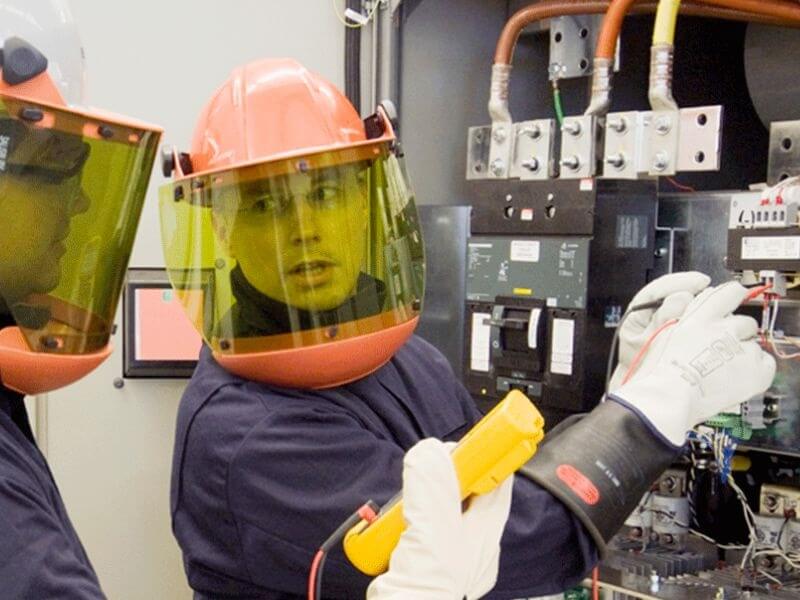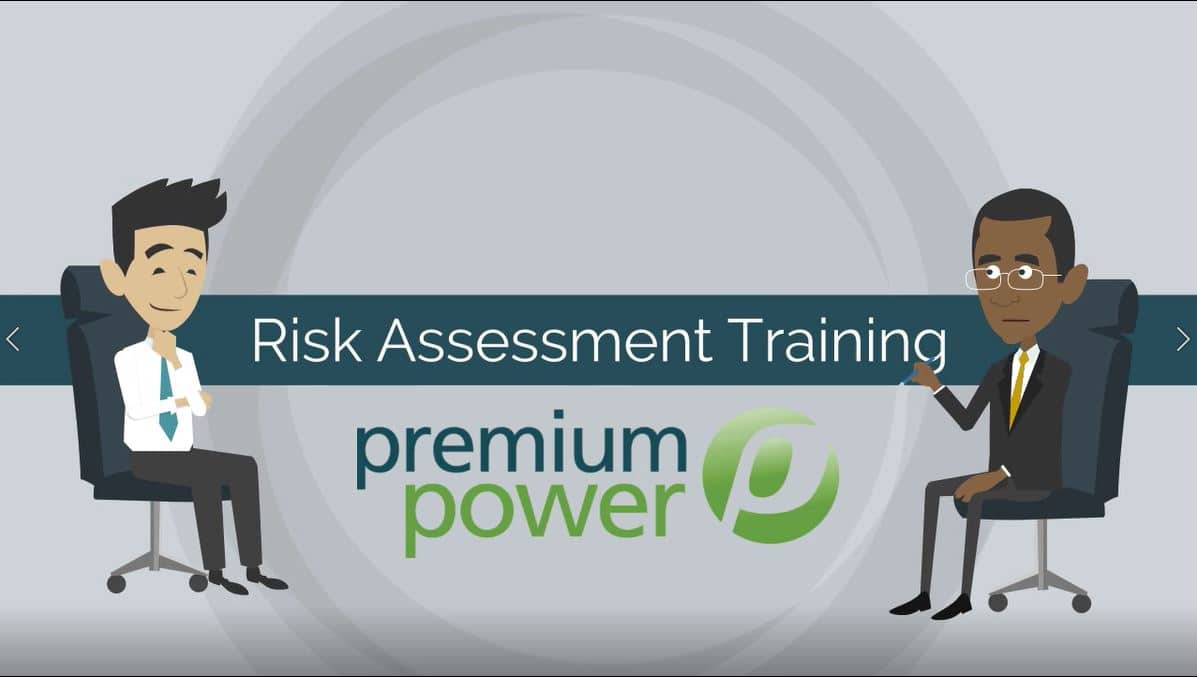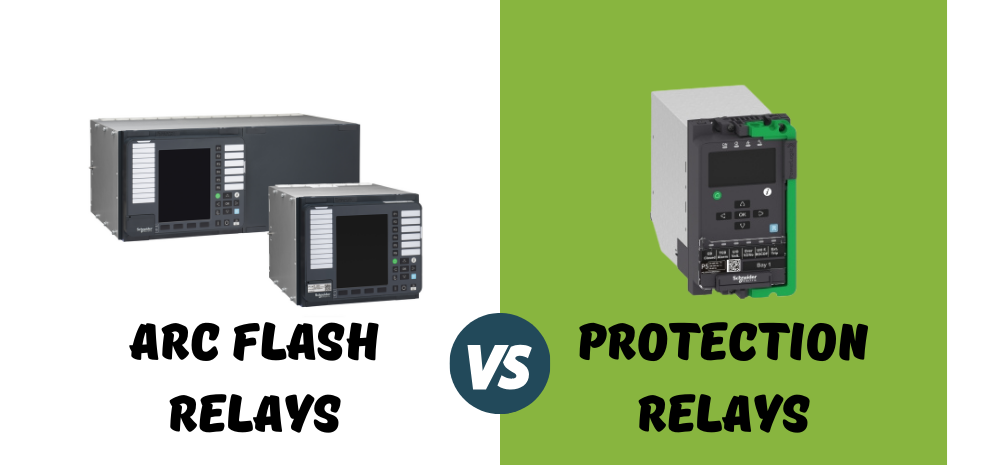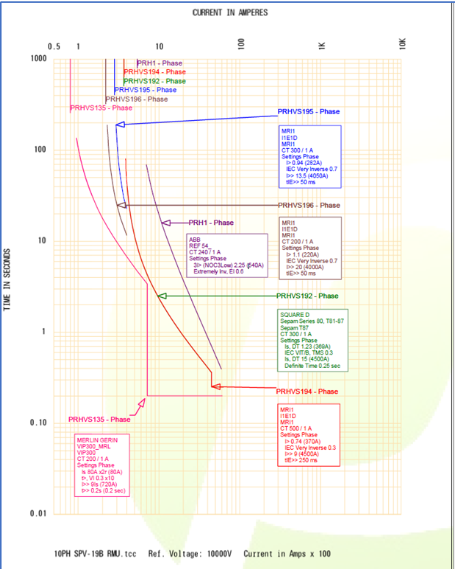Electrical safety is sometimes surrounded by the perception that you just need training, arc flash labels, or even that you just need to know what PPE to purchase. However, it’s crucial to understand that each of these tasks can only protect against electrical hazards when used as part of a task and location based risk assessment.
Risk Assessments
- Risk Identification
- Risk Analysis
- Risk Evaluation
- Risk Control
Each stage requires different competencies and skills.
- Safety related work practices
- The arc flash boundary and incident energy
- The PPE to be used
- Equipment labeling
- Task specific working distance
Identification
In order to conduct a successful electrical risk hazard identification you need competent electrical engineers as well as trained occupational health and safety experts to work together. Understanding the operation and function of electrical equipment is an essential element of being able to understand the risk associated with it.
Analysis and Evaluation
Risk analysis and evaluation of electrical hazards has developed significantly in recent years with regular updates to standards and guidelines. Advances in modelling software for power systems analysis has also evolved, particularly for the analysis of arc flash hazards.
Control
- The avoidance of risks
- The evaluation of unavoidable risks
- The combating of risks at source
- The adaptation of work to the individual
- The adaptation of the place of work to technical progress
- The replacement of dangerous articles, substances or systems of work by safe or less dangerous articles, substances or systems of work.
- The giving of priority to collective protective measures over individual protective measures.
- The development of an adequate prevention policy in relation to safety, health and welfare at work, which takes account of technology, organisation of work, working conditions, social factors and the influence of factors related to the working environment.
- The giving of appropriate training and instructions to employees.
PPE
The use of PPE as a risk control should be the final step of the process. When determining the PPE requirement an incident energy analysis or NFPA70E PPE category method is necessary.
The NFPA70E category method is quite prescriptive in terms of boundary limits and equipment type, maximum fault clearing times, maximum short circuit current, and so has very limited application. NFPA recognise this and state in the standard, an incident energy analysis will be necessary for tasks and/or systems which do not correspond with the PPE category method. As a result the incident energy analysis method can be used in more general power systems and can be applied to tasks with less than the minimum working distance.
Where we can help
Avoidance is often not reasonably practicable, and so the evaluation of unavoidable risks requires competent electrical engineering input.
The implementation of preventative measures needs to be in a controlled and managed manner or run the risk of being quite expensive. Controls being introduced should be assessed by experienced design and electrical engineers, with the predicted risk reduction completed by power systems modelling.
Awareness and administrative controls that can be implemented include equipment labelling, operator training, and implantation of safety procedures. These require a different level of competency which includes equipment knowledge, training skills, understanding of related requirements and clauses, and useful safety procedures. The practical experience our engineers have gained over years of implementing such measures can be invaluable when undertaking this task.
It is important when addressing arc flash and indeed any electrical safety hazard that the right competencies are used as part of an overall risk assessment. It is not just about an arc flash hazard study, labels or training. It is the combination of all of these parts assessed together that make up an effective hazard risk assessment.
At Premium Power we have a number of services available that can help you with this process. Contact us now to speak to one of our experienced engineers, or sign up for one of our training courses which we can now present online.















